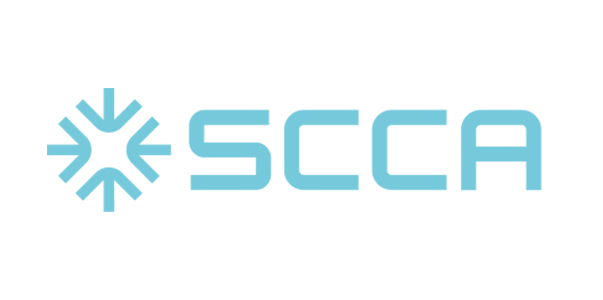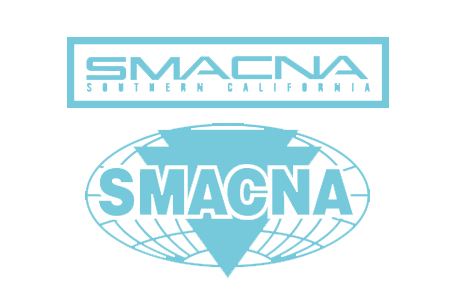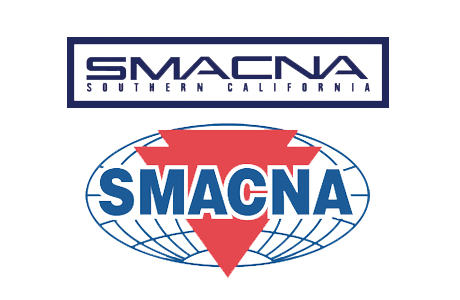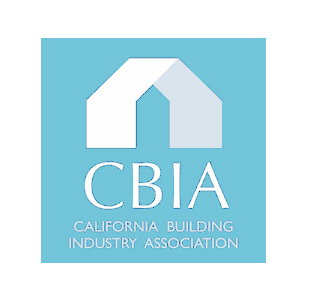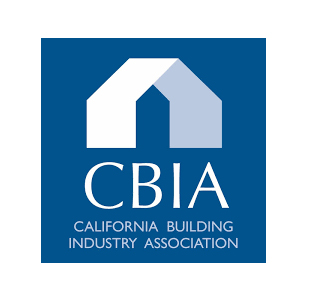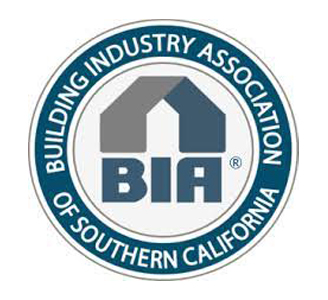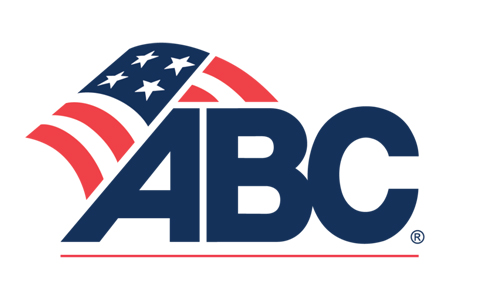In our current economic climate, dissatisfied homeowners and developers will likely become more aggressive in seeking recovery for payments made to their contractors for the performance of construction work that is now in dispute. The California Court of Appeals, recently held that a claim brought under the Contractor’s State License Law against an unlicensed contractor may appropriately form the basis for a Right to Attach Order. A Right to Attach Order is a prejudgment remedy that allows a creditor to have a lien on the debtor’s assets until the claim sued upon has been resolved. In the scenario of a dispute between a homeowner and a contractor, an attachment order gives a homeowner the security of knowing that he would ultimately be able to collect on a judgment rendered against the contractor.
Keep in mind that a court will issue a prejudgment attachment order only when the claim sued upon is: (1) a claim for money based upon a contract, express or implied; (2) of a fixed or readily ascertainable amount not less than $500; (3) either unsecured or secured by personal property, not real property; and (4) the claim is commercial in nature. Since home improvement contracts generally involve a contractual agreement for work that exceeds $500, and are commercial in nature due to the type of services rendered, most home improvement contracts will satisfy the requirements needed for a homeowner to seek an attachment order.
In the trial court’s decision in Goldstein, et al. v. Barak Construction, et al., the homeowners were granted the writ of attachment against the assets of the contractor’s company, Barak Construction, in the amount of $385,388.00. While the trial court denied the homeowner’s attachment order to place a lien against the personal assets of the owner of Barak Construction, the trial court found there was a basis in alter ego (“Alter Ego” is defined as: A corporation used by an individual in conducting personal business, the result being that a court may impose liability on the individual by piercing the corporate veil when fraud has been perpetrated on someone dealing with the corporation.) for granting an order against the owner preventing him from selling, encumbering, or diminishing the value of his residence until the court orders otherwise. The alter ego theory allowed the homeowner to attribute liability onto the contractor personally.
On appeal, the contractor sought review of the trial court’s orders granting the attachment order against Barak Construction and in enjoining him from selling, encumbering, or diminishing the value of his personal property until further notice. Among the arguments asserted by the owner was that the homeowners failed to establish the probable validity of their claim. The contractor believed that since he became licensed during the construction of the project, he was at least entitled to payment for the work performed when he was properly licensed. As you might have already guessed, the Court of Appeals did not accept this argument.
As you should be aware, if a contractor is not licensed at the time performance under the contract has commenced, then the contractor will not be entitled to any recovery for the work performed, even if the contractor obtains his license during the performance of the construction project. A contractor is prevented from recovering even when the homeowner knew that the contractor was unlicensed at the time the work began. Further, the homeowner is entitled to recover from the unlicensed contractor all payments made under the contract, even if those payments were used to pay others for labor and materials for the project. Thus, in this case, the homeowner was seeking to recover all sums paid to the contractor for the construction at the residence. The contractor’s appeal was ultimately denied and the Court determined that the contractor was unlicensed and found there was a sufficient showing of alter ego so that the corporation and individual owner were considered by the Court to be one legal entity.
Contractors should be aware of this ruling and a trend that may follow based on this Court allowing a homeowner to obtain a writ of attachment against the assets of the unlicensed corporation for recovery of payments made under the construction contract, and also allowing the homeowner to pierce the corporate veil and seek an order from the court to enjoin the contractor’s personal property. The best way to protect against an attempt at piercing the corporate veil is to insure that all corporate formalities are followed and that the corporation is properly licensed at all times during construction. In this economic climate, contractors must be diligent in completing and maintaining proper documentation to protect their business and personal assets.
This article is intended to provide the reader with general information regarding current legal issues. It is not to be construed as specific legal advice or as a substitute for the need to seek competent legal advice on specific legal matters.



